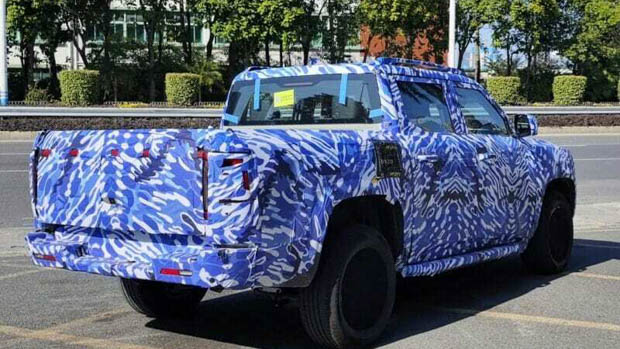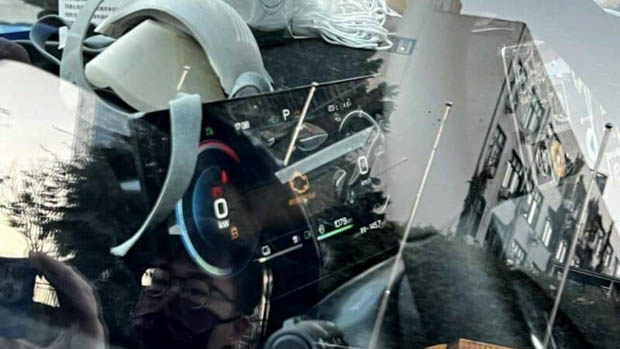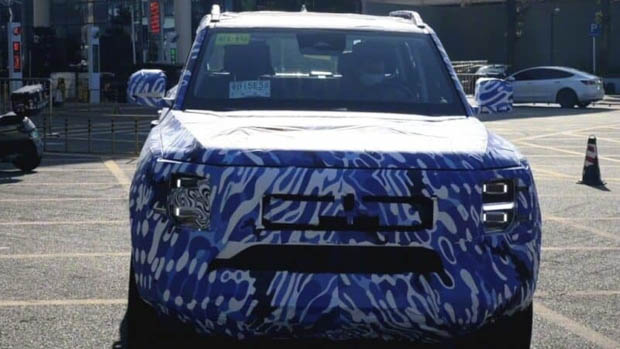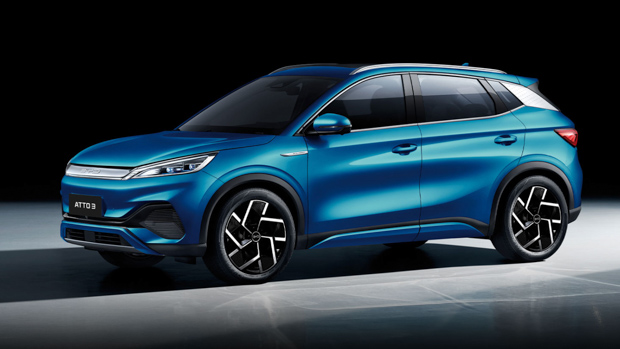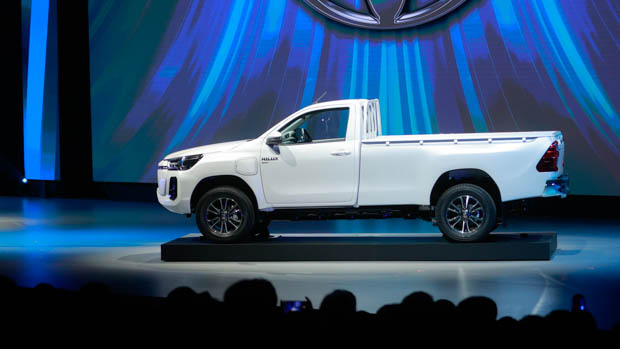-
Car Reviews
- All reviews
- Midsize SUVs
- Small cars
- Utes
- Small SUVs
- Large SUVs
- Large cars
- Sports SUVs
- Sports cars
- Vans
Latest reviews
- Car News
-
Car Comparisons
Latest comparisons
- Chasing Deals
BYD is set to launch its first ute in late 2023 in China, and Australia’s hyper-popular ute segment is a shoe-in for the BEV and PHEV dual-cab
Chinese brand BYD is best known in Australia for its Atto 3 electric SUV, which is one of the cheapest EVs on the market – but BYD is also working on a ute with its sights likely set on Australia’s popular utility segment.
According to Car News China, BYD has built a prototype, camouflage-laden utility vehicle in China and is currently testing the vehicle.
If launched in Australia, the BYD will become a competitor for the likes of the LDV T60 and GWM Cannon ute, as well as mainstays such as the Toyota Hilux and Ford Ranger.
It is widely reported that Toyota is working on a hybrid version of the Hilux, while Ford and Volkswagen are collaborating on developing fully-electric and plug-in hybrid versions of the Amarok and Ranger.
Much like what is currently offered by GWM and LDV, the BYD could significantly undercut its more expensive competitors like the Volkswagen Amarok and Mazda BT-50.
Although unconfirmed for Australia, the BYD ute could arrive locally during 2024. The ute will likely launch in China in the final quarter of 2023.
On the exterior, the BYD ute looks to be one of the more boxy-shaped utes on the market, however it most certainly looks to be a similar size to a Mitsubishi Triton or Toyota Hilux, being around the five metre mark in length and with upwards of 200mm of clearance.
Inside the ute, leaked images show a large digital instrument cluster will be standard, along with another central touchscreen for the infotainment system.
Reports from Car News China have said that the BYD ute will be offered with both battery-electric (BEV) and plug-in hybrid (PHEV) versions in either two-or four-wheel drive.
The source states that power outputs for the model could range from 132kW to 368kW depending on powertrain specification, with the best guess that the latter relates to a powerful dual-motor electric ute.
BYD could be one of the first to offer a plug-in hybrid drivetrain in a dual-cab ute if it decides to launch in Australia.
The ‘DM-i hybrid’ system is set to combine a 1.5-litre petrol engine with either one or two electric motors.
Power is yet to be confirmed, but it could peak as high as 360kW in flagship form.
In China, BYD offers a range of vehicles with the DM-i hybrid system that uses a petrol engine in concert with electric motors.
The news for the BYD ute comes as several other ute manufacturers work out how to build reliable yet efficient electrified systems for their dual-cab utes for the Australian market.
Volkswagen is reportedly working on an e-Amarok to be introduced sometime around 2025, while Toyota has said that it could electrify its Hilux ute to some degree between now and 2030.
Chinese brands such as GWM are also working in the electrified ute space. GWM has developed hybrid systems for its Tank range of vehicles, so this could potentially transfer across into the Cannon or Shanhai range of utes made by the brand.
In the larger sized ute industry, Toyota Australia has confirmed it is testing its Tundra pickup truck in Australia that will use the brand’s hybrid max system linked to a 3.5-litre twin-turbo petrol V6.
Latest news
About Chasing cars
Chasing Cars reviews are 100% independent.
Because we are powered by Budget Direct Insurance, we don’t receive advertising or sales revenue from car manufacturers.
We’re truly independent – giving you Australia’s best car reviews.

